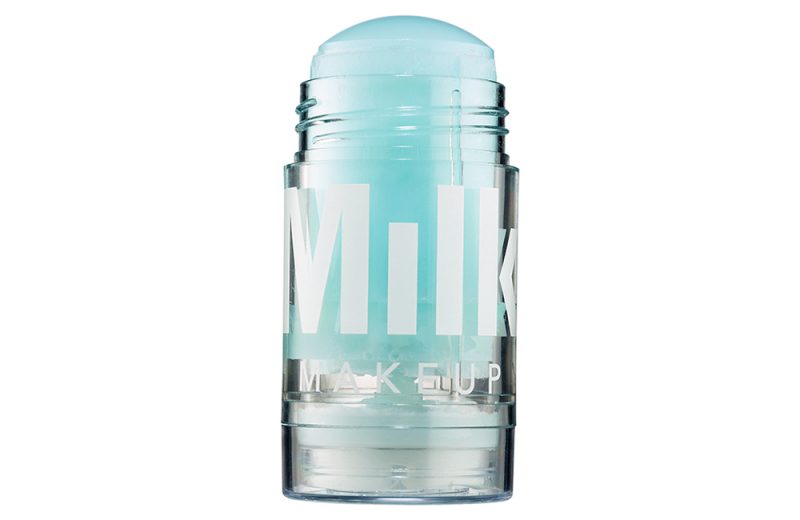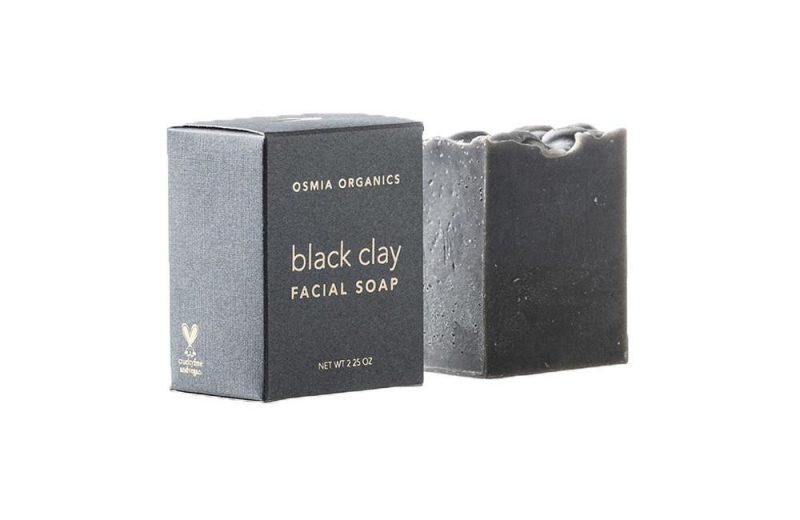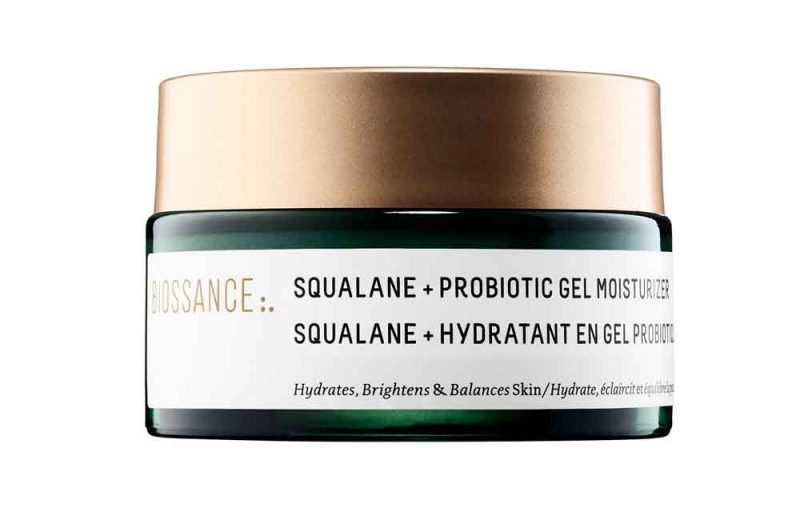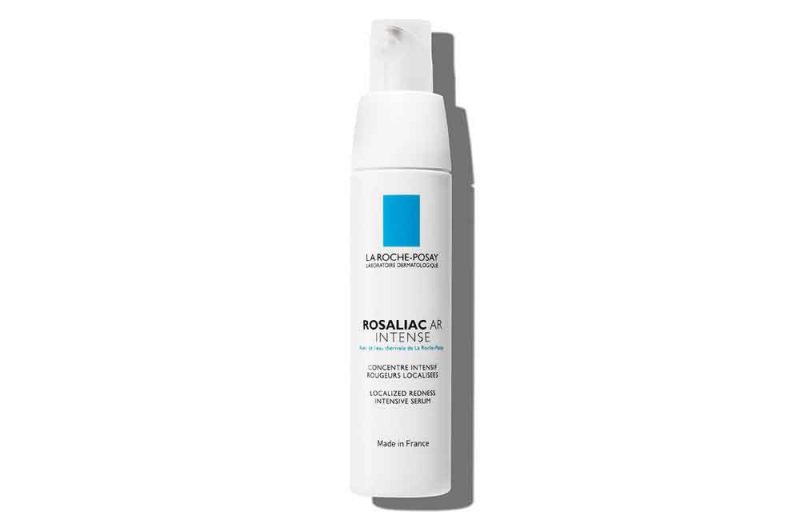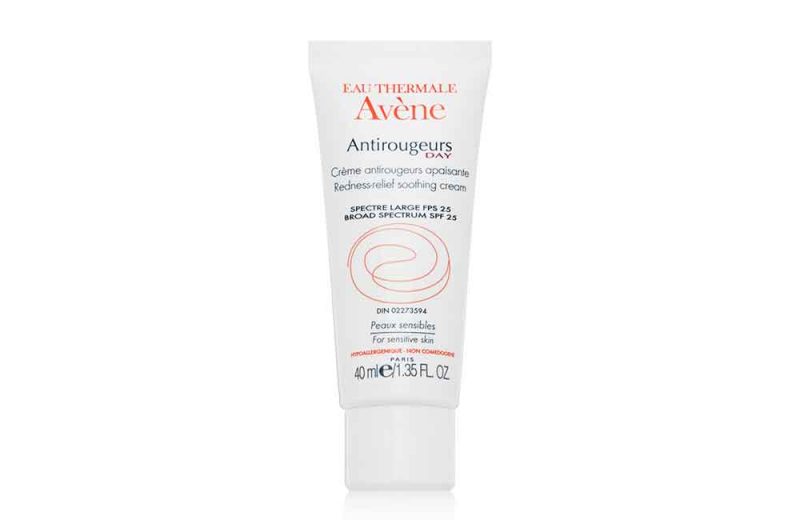I’ve always been one to blush easily, much to my chagrin. But over the past couple of years, my face has started heating up when I do cardio. We’re not talking cute pink cheeks, but fire-engine, “are you OK?” red all over—stopping abruptly at my jawline. The post-workout redness looks the most extreme when I do high-intensity exercise on an already warm day; after a recent sunny summer run, it took hours to totally subside.
It seems gym skin may be more than a superficial annoyance: an Allure article (with the irresistible, clickbait-y headline “How Your Workout Can Cause Skin Damage”) recently reported on the link between heat—whether exercise-induced or from an external source like an oven—and skin damage, including the kind of dark spots typically caused by sun exposure.
Curious if my extreme flushing is cause for concern, I decided to check in with Toronto-based dermatologist Dr. Diane Wong of Glow Medi Spa. “Rosacea is one of the primary diagnoses I would consider for clients who flush easily and have redness after exertion,” she says, confirming what I’d feared for years. Having fair skin, I’ve noticed the peaches-and-cream rosiness of my childhood has transformed into teensy red lines on my cheeks; a facialist recently surmised that they’re from running in the winter.
Now throw Covid-19 into the mix. Dermatologists from the American Academy of Dermatology (AAD), say in addition to overheating from exercise, stress can play a role in worsening rosacea symptoms. “Rosacea makes the skin extremely sensitive, and as a result, many things — what we call triggers — can make the condition worse,” says Dr. Arielle N.B. Kauvar of the AAD.
If misery loves company, take note: In Canada there are over 2 million people who suffer from rosacea, according to the Canadian Dermatology Association (CDA). And while it can’t be cured, the CDA says it can be managed by minimizing exposure to triggers and with various treatments.
Dr. Wong concurs, often recommending in-office treatments of intense pulsed light to reduce the redness. “The term for these small facial vessels that can remain dilated and create redness is telangiectasia,” she says. “The light energy (from IPL) causes the dilated vessels to constrict or shrink and has a calming effect on the skin.”
Can’t get to a derm office or medi-spa due to lockdown? Try these at-home treatments.
The skincare products that can help with post-workout redness:
While I haven’t been officially diagnosed with rosacea (there are no tests to say for sure, so doctors judge based on patient history and a skin examination), my symptoms certainly fit the bill: I have a history of frequent flushing, persistent redness and those dilated red blood vessels on the face. Others with rosacea, especially men, may also get papules and pustules, raised red bumps on the cheeks or nose.
My best bet is staying away from my triggers whenever I can. That means avoiding skincare with harsh ingredients (alcohol-heavy toners, strong chemical peels and abrasive scrubs), certain foods (hot drinks, anything spicy and alcohol) and, of course, intense exercise.
That said, I’m not about to give up high-impact cardio (the endorphin rush is just too good), but I’ll be better about avoiding the most strenuous activity on hot days, reduce the frequency of cardio-heavy blasts, and add more slow-and-steady sessions into my routine.
If the stress of the pandemic is causing your skin to flare, consider adding activities like yoga or tai chi into your workout schedule. Keep calm and carry on, as they say.
Dr. Diane Wong’s tips for minimizing post-workout redness:
- Exercise in a well-ventilated room that isn’t stuffy
- If training outside, wear SPF and go in the early morning or evening, when the temperature’s lower
- Stay hydrated; drink 10 to 12 cups of water every day
- Cool down post-workout: Apply a cold towel to your nape, use an ice cube on your neck or wrists, and splash water on your face
- Avoid caffeine, spicy foods and alcohol, since they’ll spike blood flow
- Use skincare with anti-inflammatory ingredients, like green tea extract
Welcome to Pretty Healthy, FLEETSTREET’s in-depth series. Beauty starts with healthy skin and hair, and this column delivers the goods on making that a reality.
Originally published on Oct. 3, 2017. Updated with files from Beth Thompson.


